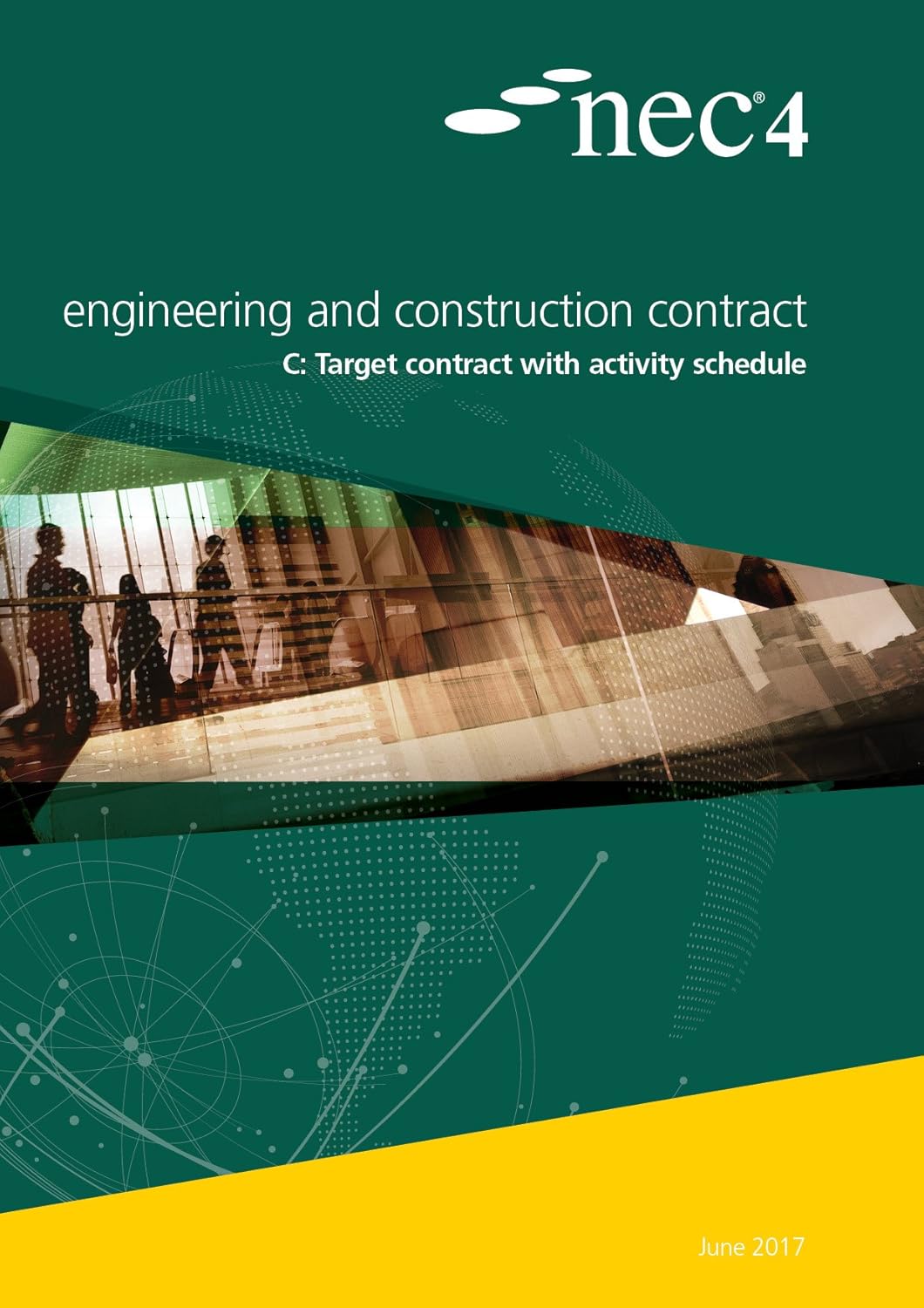About this deal
The supply of equipment, supplies and services included in the charge for overhead cost within the Working Areas in this contract; and In addition, contract data has been simplified and the schedule of cost components has been changed We will now look at the changes to the core clauses, options and dispute resolution mechanisms in NEC4 in more detail. Core Clause 1: general Target cost contracts can be beneficial where the scope of work is not fully defined or where the risks anticipated are greater than usual. For items which contain multiple elements of work built into a singular rate, it can be difficult to assess the % of work complete.
If the final PWDD is less than the target cost the Contractor will receive a pre-agreed share of the saving depending on the ratio. If the PWDD, it is greater than the target cost, the Contractor will pay a share of the difference (again at the agreed ratio). The New Engineering Contract ( NEC), or NEC Engineering and Construction Contract, is a formalised system created by the UK Institution of Civil Engineers that guides the drafting of documents on civil engineering, construction and maintenance projects for the purpose of obtaining tenders, awarding and administering contracts. [1] [2] The NEC contract is widely used in both the United Kingdom. [3] There have been attempts, largely unsuccessful, to introduce the NEC contract into both Australia and New Zealand from at least 1994 but the contract remains [ when?] relatively obscure in both countries. [4] [3] [5] Often used upon appointment of a contractor to carry out infrastructure, highways, buildings, and process plants. Can be used regardless of the level of design responsibility. Suitable for any construction based contract between an Employer and a Contractor. It is intended to be suitable for any sector of the industry, including civil, building, nuclear, oil and gas, etc. Within the ECC contract there are six family level options, from which the Employer is to choose the most suitable and offer the best option/value for money on that project: a new value engineering reduction percentage clause 63.12, allowing the contractor to share in cost reductions obtained as a result of a contractor proposal;Beneficial for developers who are just entering the market as responsibility for procuring and managing the works is with the management contractor. Under NEC, there are 7 different options for procuring work. This article will provide descriptions of how each option works and explore the pros and cons to establish which option works best for you. Briefly, the options are titled as follows: The new Core Clause 4 replaces the 'testing and defects' clause in NEC3. It introduces a new obligation for the contractor to produce a quality management system, set out in a quality policy statement, and a quality plan. These must be submitted for acceptance by the PM and comply with the scope.
The clauses of these options have been be adapted for simpler less risky work (short contracts), for use as subcontracts, and for professional services such as design as below. Option D Bill of Quantities: The Client is expected to produce the Bill of Quantities and it should be included within the documents given to a Contractor at tender stage. This is different to option C, where it is the Contractor who will produce the equivalent Activity Schedule used in that type of contract.The Contractor’s “Defined Costs” will be subject to audits with the level of information required to justify the sum being substantial. A clear understanding of what Defined Costs are, what Disallowed Costs include and crucially what is included and excluded within the Fee are vital in maintaining the profitability of a project. This option contains a priced lump sum contract. The lump sum contract is then linked to a contract programme with an activity schedule. Each activity on the schedule is then allocated a price. Throughout the works the Contractor is reimbursed for his “Defined Costs” plus fee minus any “Disallowed Costs”.
Although this contract is often referred to as “Cost Plus,” contractors should not get complacent and think Option E means a blank chequebook for works. The terms within the contract should set out clearly what is and isn’t to be reimbursed to the contractor.
This contract is for anyone providing a service, rather than undertaking any physical construction works. Designers are the most obvious party to fit into this category. Whilst they are producing a design for an employer or contractor, they would sign up and follow the clauses within the PSC. Most of the clauses within this contract are the same or similar to those in the main ECC contract, so that all contractors, designers and subcontractors have broadly the same obligations and processes to follow as each other. The PSC can be used in a wide variety of situations with relatively little change required. [20] The NEC4 Engineering and Construction Contract (ECC) is the main works contract in the NEC4 suite of collaborative, flexible and clearly written contracts for built environment procurement. The core clauses (of the main option listed above) are used in conjunction with the secondary options and the additional conditions of contract. Excessive use of Z clauses has been criticised as "onerous" and "poorly drafted"; NEC guidance states that "additional conditions should be used only when absolutely necessary to accommodate special needs". [25] Guidance notes and further information [ edit ]
 Great Deal
Great Deal 